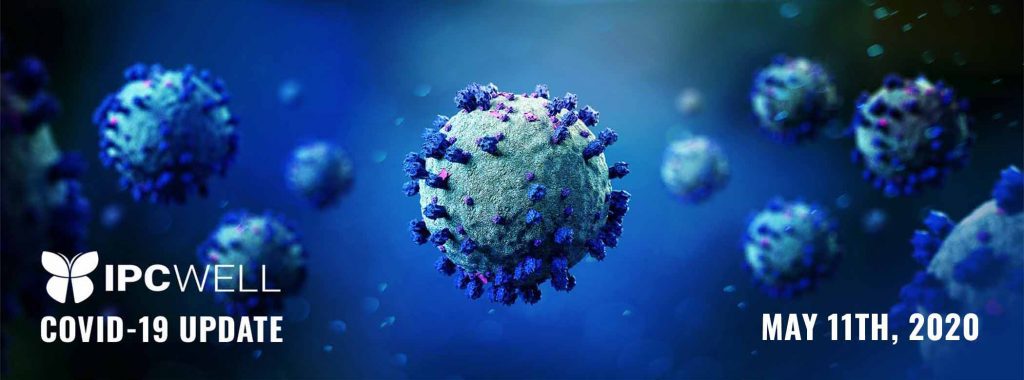As of May 4, 2020, the US now has 1,300,696 (178,210 new since May 4, 2020) COVID-19 cases with 78,771 (13,036 new since May 4, 2020) deaths.
You can track your states COVID-19 cases and deaths here (updated daily at noon ET)
This week’s update will continue to focus on Re-Opening America and testing protocols. If there is a topic that you would like us to research and share with our community, please do not hesitate to let us know. Chances are if you have a question many other do as well.
Finally, IPCWell has begun a grassroots Advocacy group to support healthcare settings such as yours! But we cannot do this alone. Please consider joining our group (spread the word… you don’t have to work in healthcare to participate)
Healthcare Professional Support:
- CDC clinician On-Call Center providers 24/7 healthcare personnel support to prevent, detect, and respond to COVID-19
- Ten ways healthcare systems can operate effectively during the COVID-19 Pandemic
- UW Medicine COVID-19 Resource Site provides educational and informational resources for healthcare workers (not for the general public)
If you test positive:
- A positive test result shows you have antibodies that likely resulted from an infection with SARS-CoV-2, or possibly a related coronavirus.
- It is unclear if those antibodies can provide protection (immunity) against getting infected again. This means that we do not know currently if antibodies make you immune to the virus.
- It is possible you might test positive for antibodies and you might not have or have ever had symptoms of COVID-19. This is known as having an asymptomatic infection, or an infection without symptoms.
If you test negative:
- If you test negative for COVID-19 antibodies, you probably did not have a previous infection that has gotten better. However, you could have a current infection.
- It is possible you could still get sick if you have been exposed to the virus recently, since antibodies do not show up for 1 to 3 weeks after infection. This means you could still spread the virus.
- Some people may take even longer to develop antibodies, and some people may not develop antibodies.
Return to Work Protocols
- According to CDC, it is suggested that test-based strategies are preferred for return to work protocols. Staff should be included from work until:
- Resolution of fever without the use of fever-reducing medications, and
- Improvement in respiratory symptoms (e.g., cough, shortness of breath), and
- Negative results of an FDA Emergency Use Authorized molecular assay for COVID19 from at least two consecutive nasopharyngeal swab specimens collected ≥24 hours apart (total of two negative specimens)
- The alternative to the test-based strategy for excluding staff returning to work is:
- At least 3 days (72 hours) have passed since recovery, defined as resolution of fever without the use of fever-reducing medications and improvement in respiratory symptoms (e.g., cough, shortness of breath); and,
- At least 7 days have passed since symptoms first appeared.
Elective Surgeries:
- For Arizona facilities, check out the EO FAQ’s for beginning elective surgeries.
- For clients outside of AZ, please check here for your state specific COVID-19 EO.

